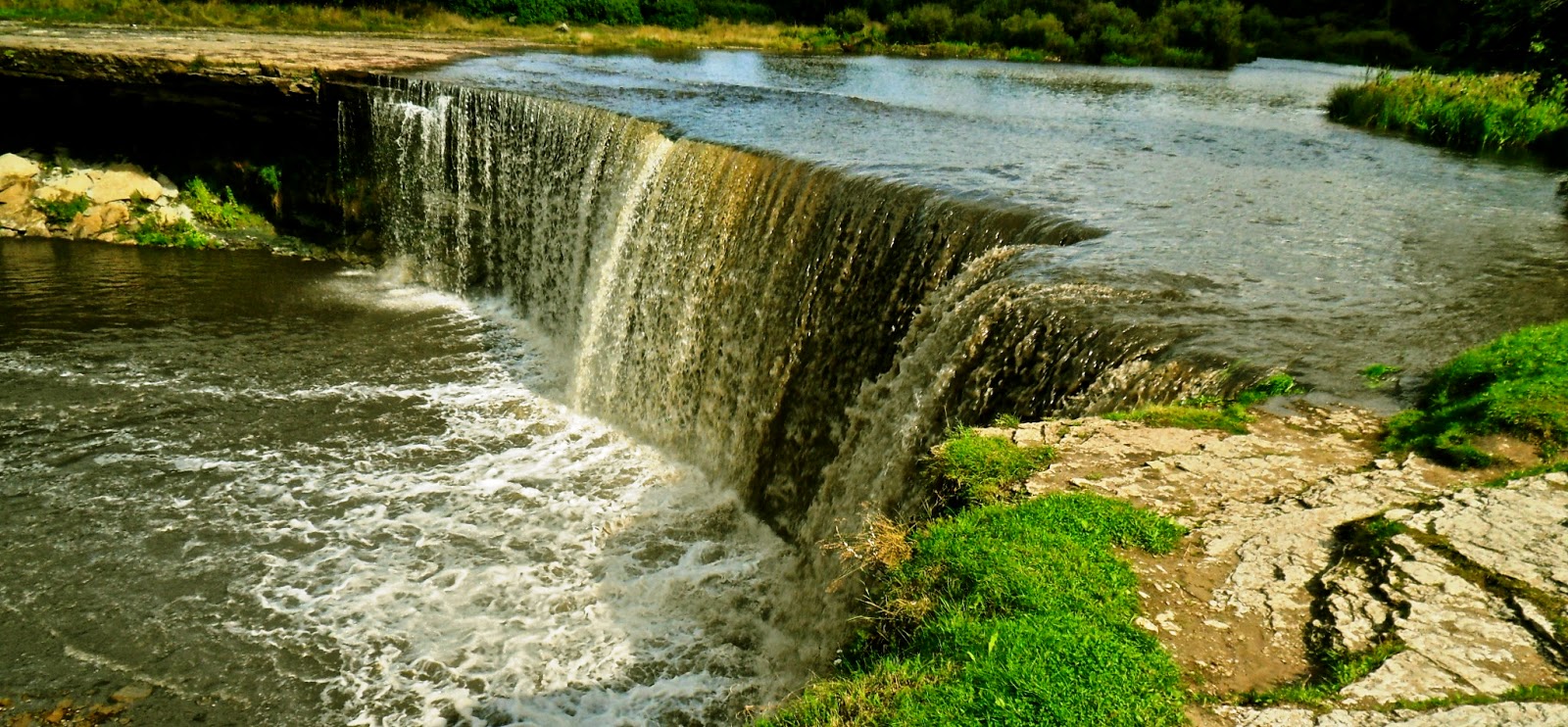Wadi Mujib historically famous as
Arnon, is a gorge in Jordan actually enters in the Dead Sea at 410 meters below
sea level. The Mujib Reserve of Wadi Mujid (The 220 square kilometers reserve
created in 1987) is located in the mountainous landscape to the east of the
Dead Sea, about 90 kilometers south of Amman. These reserves are particularly
support the bird life by the Royal Society. The Mujib reserve consists of
mountainous, rocky, and sparsely vegetated desert with cliffs, gorges and deep
wadis cutting through plateaus. Wadi Mujib enjoys a splendid biodiversity that
is still being explored and documented today. More than three hundreds species
of plants, 10 species of carnivores and several species of perpetual and
migratory birds have been recorded till now. Specific of the remote mountain
and valley areas are tough to reach, and thus offer safe havens for infrequent
species of cats, goats and other mountain animals.
During the last Ice Age the water
of the Dead Sea flooded the lower areas of the canyons along its banks. As the
climatic conditions changed, the water level is dropped, leaving the
re-emergent canyons blocked with lake marl. However, Wadi Mujib, the biblical
Arnon River, abandoned its former outlet by breaking through a cleft in the
sandstone. This thin cleft became the bottleneck of an extremely large drainage
basin with a massive discharge. But with the passages of time the cleft was
scoured deeper and the gorge of Wadi Mujib was formed. The hot springs of
Hammamat Ma'in lie close to the borders of the reserve are heavily used for
tourism and recreation. While the Jordanian military have a provisional camp in
the south of the reserve. A huge dam was newly finished at the bottom of the
wadi, where the modern roads are crosses the river and as a result, a big lake
has formed. Today, Wadi Mujib is fed by seven tributaries.
As well as resident birds, the
reserve is strategically vital as a safe stop-over for the huge number of birds
which fly annually along the rift valley between Africa & northeast Europe.
It is possible to see the following birds in Mujib Lammergeier, Egyptian
Vulture, Eurasian Griffon, Levant Sparrowhawk, Lesser Kestrel, Sooty Falcon, Sand
Partridge, Hume's Owl, Hooded Wheatear, Blackstart, Arabian Babbler, Striolated
Bunting, Trumpeter Finch, Dead Sea Sparrow, Tristram's Starling. One of the
most important animals in Mujib is the Nubian ibex, a big mountain goat which
have been threatened due to over-hunting. Despite of its scenic beauty and
value to the country's heritage, the Nature Reserve of Mujib Valley is facing a
new threat from the persistent problem of water. In 1998 the government
approved a plan to take water from the lower Mujib River and distract its
supply to hotels and the agricultural projects around the Dead Sea. This means
that the river bed below the weir to be constructed is expected to be dry for
most of the year, effectually killing off all the vegetation there.
Wadi Mujib is a very uneven, warm
area and the walk is easily called “an adventure walk” because it comprises
swimming and hiking for extended hours in addition to descending a 20 m high
waterfall. They are hard yet fun trails and one has to have the swimming
abilities without any fear of water and heights. It is tough, exciting,
offering a chance to swim and bathe in the cool, clear waters of the Mujib and
Malaqi rivers. Tourist should anticipate climbing rocks against water flows and
jumping into pools of water. So it is suggested to drinking water and takes light
food for snacking during the hike and make sure to bring 2 bottles of water per
person. Remember that you are going to hike and swim, so subtle items should be
put in waterproof bags.
It is highly recommended not to wear any jewelry or
expensive watches. The most exciting attraction of Wadi Mujib is the adventure
tour along the river an entire day trip which takes you through deep canyons
and pools where you can swim and relish the remarkable scenery and wildlife.
There’re shorter hikes which you can stay overnight in the wilderness campsite.
Visits to the ibex breeding enclosure are included in another walk. Wadi Mujib
is a pleasing place for nature lovers who are fit and like to relish walking. However;
facilities are simple and it can get very hot in summer. The Wadi Mujib Trail
is famous whereas pre-booking is necessary, and you can book either directly at
the Reserve or by phone/fax or email directly to the RSCN.



















































